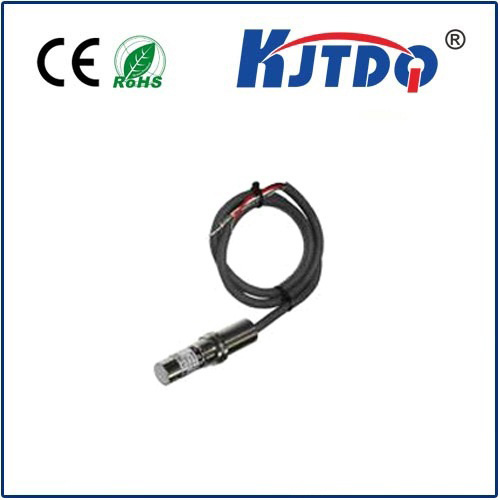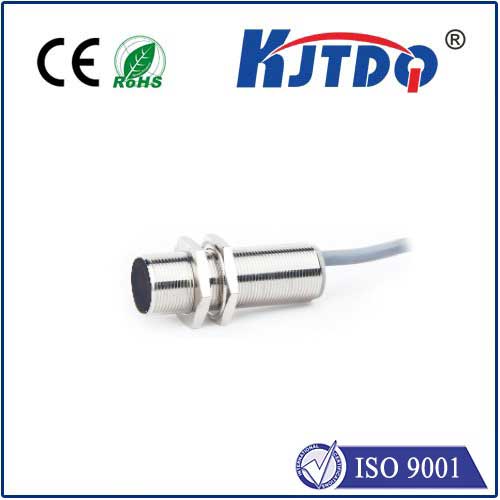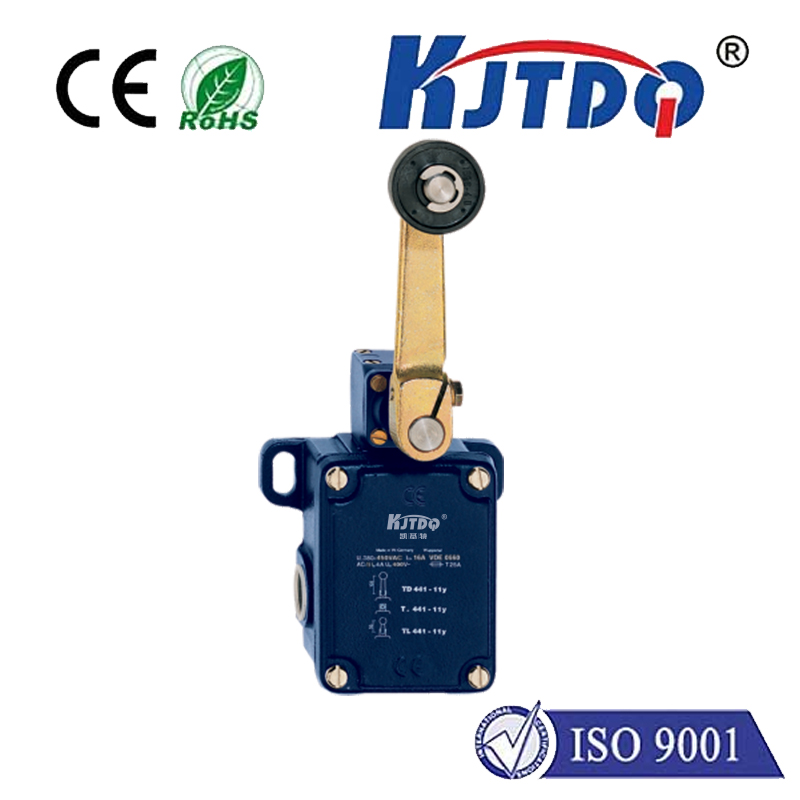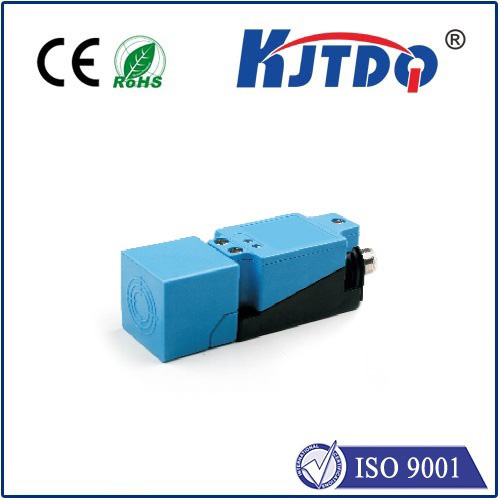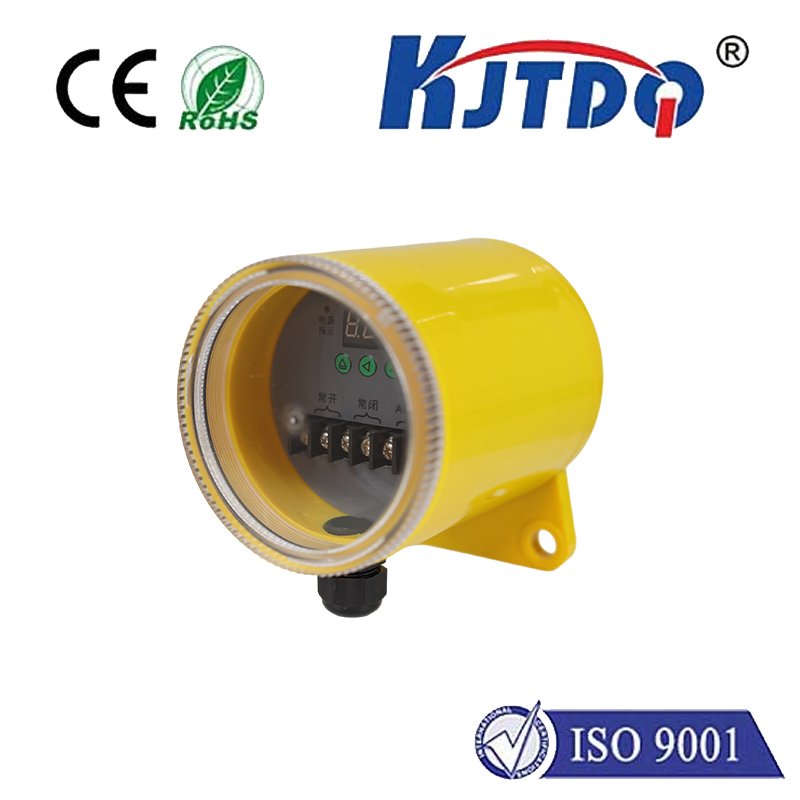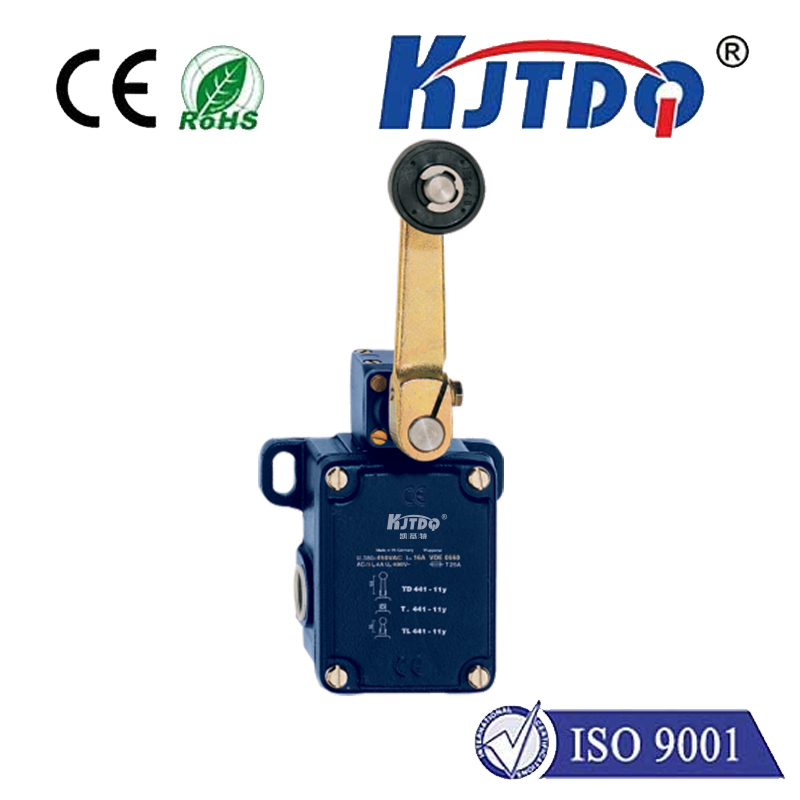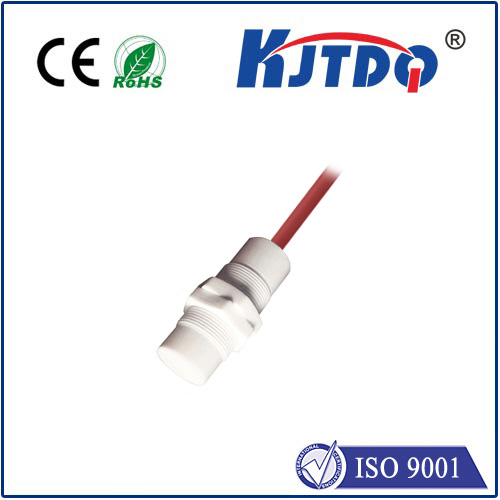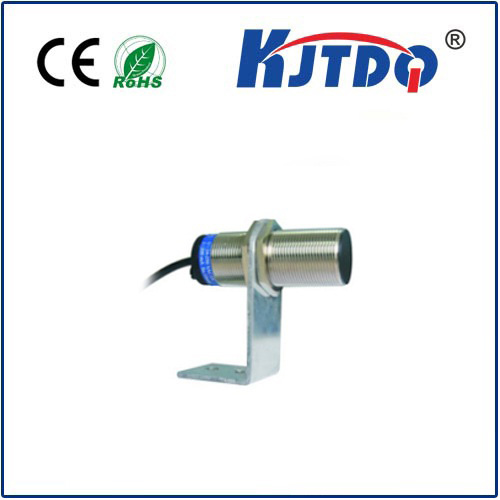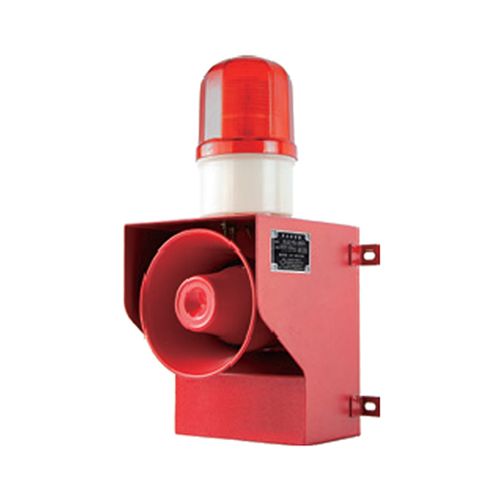E3ZM-CR66 analog photoelectric sensor
- time:2025-10-10 01:38:35
- Click:0
Precision Meets Adaptability: Unpacking the Omron E3ZM-CR66 Analog Photoelectric Sensor
Imagine a critical production line where consistent detection of translucent liquids in variably colored bottles is paramount. Traditional on/off sensors might falter, missing subtle fill level variations or struggling with inconsistent container backgrounds. This is precisely where the nuanced capabilities of devices like the Omron E3ZM-CR66 Analog Photoelectric Sensor become indispensable. Far beyond simple presence detection, this sensor delivers a continuous stream of data, enabling highly precise measurement and control in complex industrial environments.
Beyond Simple Switches: The Power of Analog Photoelectric Sensing
At its core, a photoelectric sensor emits a light beam (often infrared LED for the E3ZM-CR66) and detects the amount of light that returns after interacting with a target. Unlike their digital counterparts that provide a simple “detected” or “not detected” (on/off) signal, analog photoelectric sensors like the E3ZM-CR66 output a continuously variable signal. This signal – typically a voltage (e.g., 0-10 V) or current (e.g., 4-20 mA) – is directly proportional to the amount of light received by the sensor’s receiver.
This fundamental difference unlocks a world of possibilities:

- Precision Measurement: The analog output allows for determining exact distances, positions, or dimensions of targets based on the intensity of the reflected light.
- Detection of Subtle Variations: It can reliably sense targets with varying reflectivity, translucency, or color shades that might confuse binary sensors.
- Threshold Setting: Users can define specific analog output levels to trigger actions at precise points (e.g., liquid at exactly 80% fill, object tilted beyond 5 degrees).
Inside the E3ZM-CR66: Engineered for Robust Performance and Ease
The Omron E3ZM-CR66 is specifically designed as a retro-reflective analog photoelectric sensor. This means it houses both the light emitter and receiver in one compact unit, relying on a separate reflector (retroreflector) placed opposite it to bounce the light beam back. Key features that define its capabilities include:
- Analog Output Options: Commonly found with 0-10 V or 4-20 mA outputs, providing flexibility for interfacing with PLCs, controllers, or data acquisition systems. This continuous signal is its defining characteristic.
- High-Precision Detection: Engineered for applications demanding exceptional accuracy in distance measurement or detecting minute changes in target characteristics.
- *Distance-Independent Operation* (Certain Models/Ranges): A significant advantage of the retro-reflective principle combined with specialized optics in models like the E3ZM-CR66 is that, within its sensing range, the analog output typically remains constant regardless of the exact target-reflector distance (as long as the beam is unbroken). This eliminates errors due to slight target position variations.
- Robust Environmental Resistance: Built to thrive in demanding industrial settings, featuring strong resistance to ambient light interference (thanks to modulated light), and resilience against common workshop dust and dirt. Its IP67-rated enclosure ensures protection against water and dust ingress.
- Long Sensing Range: Capable of reliable detection over impressive distances, often exceeding 10 meters (specific range depends on model suffix), ideal for large machinery or conveyor systems.
- Visual Indicators: Bright LED status lights provide immediate feedback on power, stable operation, and output level, simplifying setup and troubleshooting.
- Adjustable Sensitivity: Potentiometers or teach functions often allow fine-tuning the sensor’s response to optimize performance for specific targets or environmental conditions. This is crucial for maximizing the utility of the analog signal.
Where the E3ZM-CR66 Shines: Diverse Industrial Applications
The unique capabilities of this sensor make it ideal for scenarios demanding more than a simple yes/no answer:
- Precision Fill Level Control: Continuously monitoring the level of liquids (clear, colored, or foamy) or granular materials in bottles, tanks, or hoppers, enabling real-time process adjustments and minimizing overfill/underfill.
- Web Tension & Edge Guiding: Measuring the sag or lateral position of continuous materials (film, paper, fabric, metal) using guide rollers or edge positions, providing feedback for automated tension control systems.
- Dimensional Gauging & Thickness Measurement: Detecting subtle variations in the height, width, or thickness of parts on a line – a core function enabled by its precise analog output.
- Transparency/Opacity Detection: Reliably distinguishing between different grades of transparency in films, glass, or liquids, or detecting haze or contamination levels.
- Position Verification & Tilt Detection: Confirming objects are seated correctly in fixtures or detecting minute angular deviations.
- Color Mark Detection (High-Contrast): While not a true color sensor, its sensitivity allows reliable detection of high-contrast marks on backgrounds, especially where precise mark position matters.
- Long-Range Presence & Position: Reliable detection of objects over conveyor gaps or large machinery spans where consistent signal strength regardless of minor distance changes (distance-independent aspect) is critical.
Maximizing Your E3ZM-CR66: Best Practices
To leverage the full potential of this sophisticated sensor:
- Reflector Selection is Crucial: Use the recommended Omron retroreflector designed for your specific sensor model and required sensing range. Incorrect reflectors drastically reduce performance.
- Precise Alignment: Ensure the sensor and reflector are accurately aligned. Leverage the bright beam spot (if available) and the sensor’s visual indicators during setup. Even minor misalignment weakens the signal.
- Consider the Environment: While highly resistant, excessive buildup of dirt, oil, or mist directly on the lens or reflector will impair function. Factor in mounting location and potential cleaning needs. Its IP67 rating offers protection, but contamination still blocks light.
- Optimal Mounting: Secure the sensor firmly to minimize vibration-induced signal noise. Ensure the target path consistently breaks the beam cleanly.
- Leverage Teach Functionality: Utilize any built-in teach modes to easily set detection thresholds based on actual target conditions, maximizing the effectiveness of the analog output signal for your specific application.
- Calibration & Verification: Periodically check and recalibrate the sensor’s output against known references, especially in critical measurement applications, to maintain long-term precision.
Why the E3ZM-CR66 Matters: The Analog Advantage
In a world increasingly dominated by digital signals, the Omron E3ZM-CR66 Analog Photoelectric Sensor stands as a powerful testament to the enduring need for continuous feedback. It bridges the gap where simple presence detection falls short. Offering unparalleled precision, exceptional environmental resilience, and the unique benefit of distance-independent analog signals within its retro-reflective setup, it solves complex detection and measurement challenges that binary sensors simply cannot address. For engineers and technicians seeking reliable, high-precision data for process control, quality assurance, or complex automation tasks, the E3ZM-CR66 remains a sophisticated and invaluable tool in optimizing modern industrial operations. Its ability to deliver a stream of information, rather than just a state change, empowers smarter, more responsive automation.












